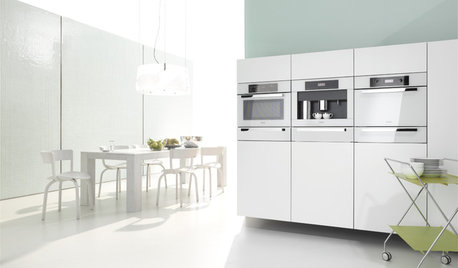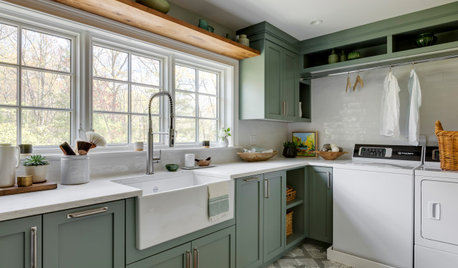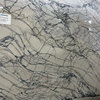Imported Kitchen Ware: Are Foreign Standards As High As Americas?
cupofkindness
17 years ago
Related Stories

COMMUNITYGet a Bird's-Eye View of America's Housing Patterns
See the big picture of how suburban developments are changing the country's landscape, with aerial photos and ideas for the future
Full Story
KITCHEN DESIGNKey Measurements to Help You Design Your Kitchen
Get the ideal kitchen setup by understanding spatial relationships, building dimensions and work zones
Full Story
SELLING YOUR HOUSE10 Tricks to Help Your Bathroom Sell Your House
As with the kitchen, the bathroom is always a high priority for home buyers. Here’s how to showcase your bathroom so it looks its best
Full Story
KITCHEN DESIGNWhite Appliances Find the Limelight
White is becoming a clear star across a broad range of kitchen styles and with all manner of appliances
Full Story
BATHROOM DESIGNKey Measurements to Make the Most of Your Bathroom
Fit everything comfortably in a small or medium-size bath by knowing standard dimensions for fixtures and clearances
Full Story
LAUNDRY ROOMSKey Measurements for a Dream Laundry Room
Get the layout dimensions that will help you wash and fold — and maybe do much more — comfortably and efficiently
Full Story
STANDARD MEASUREMENTSKey Measurements to Help You Design Your Home
Architect Steven Randel has taken the measure of each room of the house and its contents. You’ll find everything here
Full Story
KITCHEN DESIGN3 Steps to Choosing Kitchen Finishes Wisely
Lost your way in the field of options for countertop and cabinet finishes? This advice will put your kitchen renovation back on track
Full Story
BATHROOM WORKBOOKStandard Fixture Dimensions and Measurements for a Primary Bath
Create a luxe bathroom that functions well with these key measurements and layout tips
Full Story
LIVING ROOMSKey Measurements for Your Living Room
Learn the basic dimensions that will allow good circulation, flow and balance as you fit in all the furnishings you want
Full Story









mitchdesj
cupofkindnessOriginal Author
Related Professionals
Olympia Heights Kitchen & Bathroom Designers · Grain Valley Kitchen & Bathroom Remodelers · Boca Raton Kitchen & Bathroom Remodelers · Fort Washington Kitchen & Bathroom Remodelers · Kuna Kitchen & Bathroom Remodelers · Martha Lake Kitchen & Bathroom Remodelers · Park Ridge Kitchen & Bathroom Remodelers · Richland Kitchen & Bathroom Remodelers · Saint Augustine Kitchen & Bathroom Remodelers · Black Forest Cabinets & Cabinetry · Lakeside Cabinets & Cabinetry · Newcastle Cabinets & Cabinetry · Rancho Cordova Tile and Stone Contractors · Glassmanor Design-Build Firms · Palos Verdes Estates Design-Build Firmsadoptedbygreyhounds
cupofkindnessOriginal Author
vedazu
cupofkindnessOriginal Author
mitchdesj